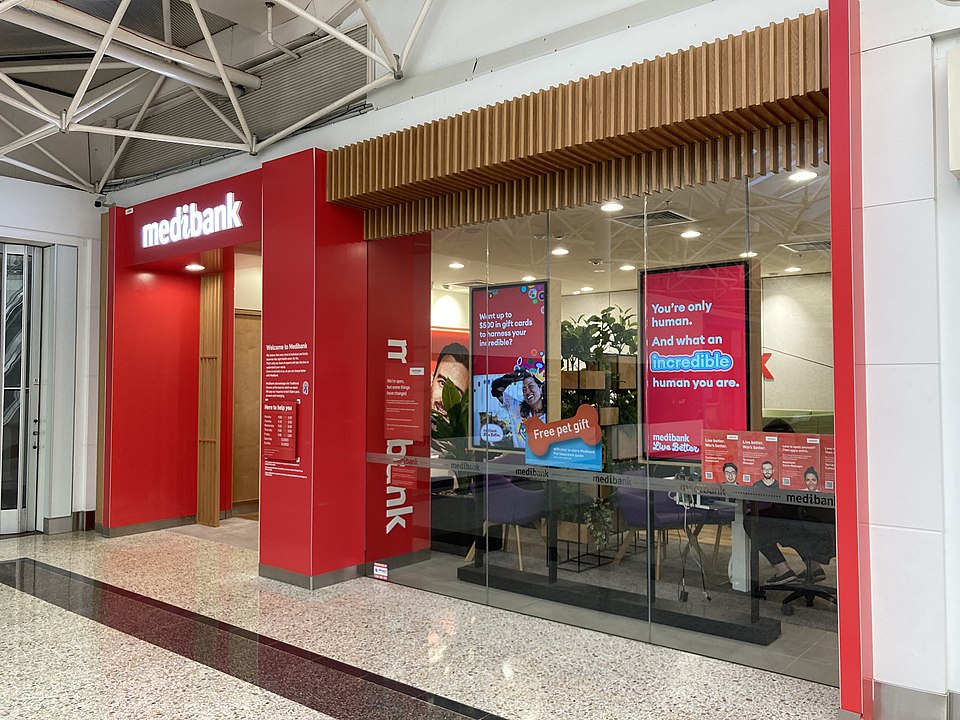
Medibank, one of Australia’s leading insurers, is grappling with the aftermath of a significant data breach that has prompted the Australian Prudential and Regulation Authority (APRA) to direct the company to allocate an additional A$250 million ($167 million) in capital.
The breach, which occurred last year, resulted in the unauthorized access and release of personal information belonging to millions of Medibank customers. In addition to the financial impact, the breach has raised concerns about Medibank’s information security practices and its ability to protect customer data.
The APRA’s weighty ultimatum
“In taking this action, APRA seeks to ensure that Medibank expedites its remediation program,” said APRA Member Suzanne Smith.
“This action demonstrates how seriously APRA takes entities’ obligations in relation to cyber risk and that APRA will respond strongly to identified weaknesses in cyber security controls.
“As noted previously, APRA expects Medibank to ensure there is appropriate accountability and consequence management, including impacts to executive remuneration where appropriate. I note that Medibank has consistently dealt with APRA in an open, constructive and cooperative way, consistent with our expectation of all regulated entities.
“Since launching the 2020-2024 Cyber Security Strategy1 APRA has repeatedly stressed the importance of an uplift in cyber security and continued vigilance to identify and address cyber exposures. Unfortunately, not all entities are heeding these messages as we continue to identify poor cyber security practices and inadequate oversight from boards and management,” Ms Smith added.

What Was the Extent of the Breach?
Medibank has now revealed the extent of the breach, indicating that health claims for approximately 160,000 Medibank customers, 300,000 ahm customers, and 20,000 international customers were accessed. The exposed information includes service provider names and codes associated with diagnoses and procedures, which could potentially lead to privacy concerns and targeted fraudulent activities.
Furthermore, the breach affected 5,200 My Home Hospital patients who had their personal and health data accessed, along with 2,900 next of kin of these patients, whose contact details were compromised. The scope of affected individuals highlights the severity of the breach; reinforcing the need for stringent security measures.
According to a report last December by The Guardian, the cybercriminal group responsible for the breach is believed to be located in Russia and connected to the REvil ransomware group. Medibank was faced with a ransom demand of US$10 million (around AU$15 million), which the company refused to pay.
Rebuilding Trust and Strengthening Security
The data breach incident highlights the urgent need for organizations across industries to prioritize cybersecurity and protect customer data from such malicious attacks. Medibank’s ability to address the vulnerabilities in its information security infrastructure and successfully remediate the situation will play a crucial role in rebuilding customer trust.
Moving forward, it is essential for Medibank to not only enhance its cybersecurity protocols but also establish robust incident response plans to detect, respond to, and mitigate potential future breaches. Implementing advanced threat detection systems, regular security audits, and employee training on cybersecurity best practices are vital steps toward strengthening Medibank’s security posture.
The incident serves as a reminder of the escalating threats posed by cybercriminals and the urgent need for organizations to invest in robust cybersecurity defenses. By rebuilding customer trust and fortifying their information security practices, it is still possible for Medibank to emerge stronger from this breach and ensure the protection of customer data, fostering a secure environment for all stakeholders.
